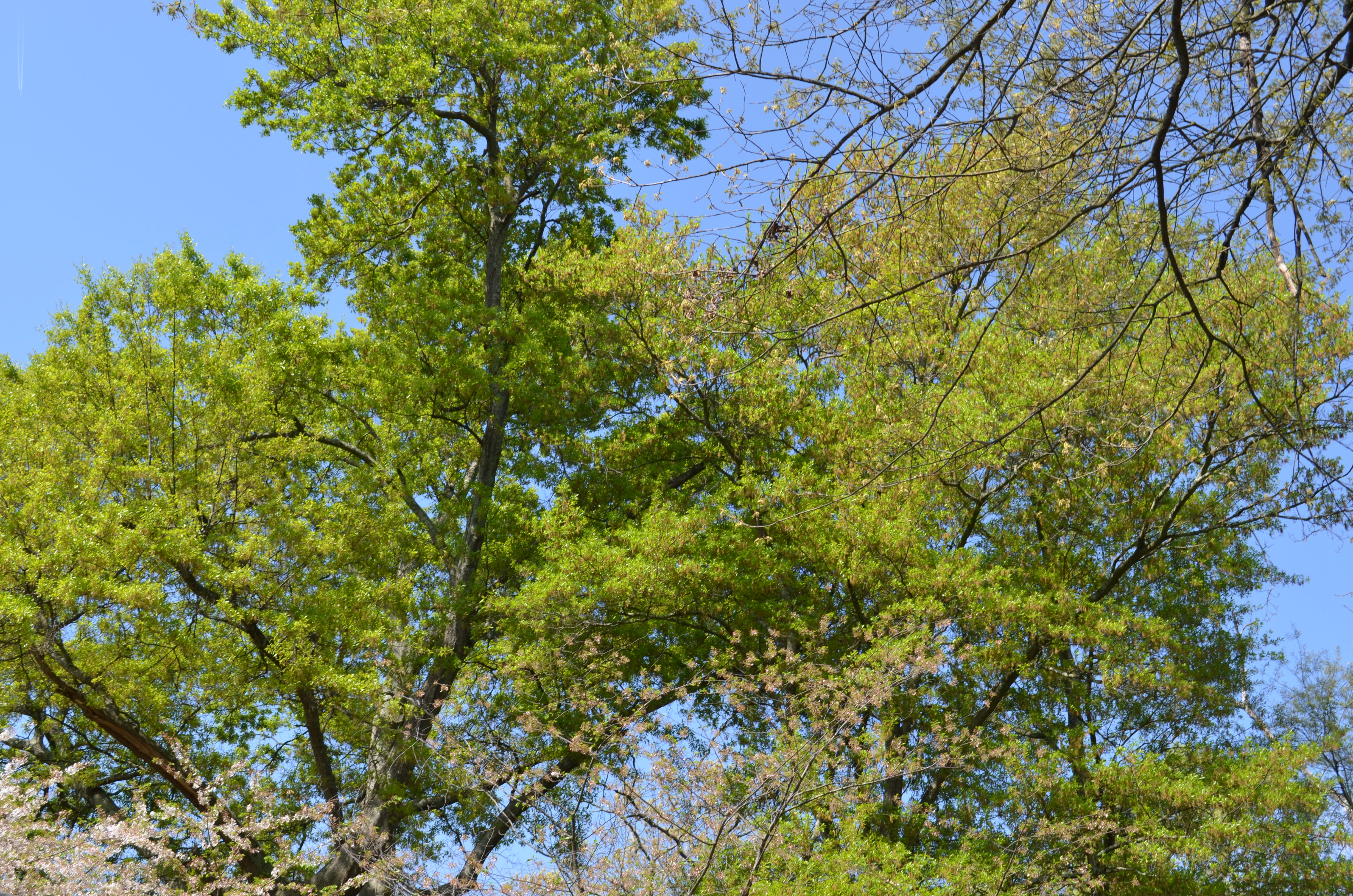Is there a place where I am truly present? Is there even one place that serves as teacher, as constant reminder, in a remotely similar way to the role places and place-names play in the Western Apache community? After all, Basso beckons his readers to attend to places. Actually, more than that, Basso challenges ethnographers and anthropologist to focus their attention and study place at least partly because experiences are situated in time and space.
Basso supports this call by offering his own ethnographic work with the Western Apache. Specifically, in his chapter on “Speaking With Names,” he illustrates how the place-names themselves can evoke instruction and consolation all at once, simply by speaking the names of places. The place-names invite the hearer to imagine the places, the images, and the narratives attached to the places without explicitly needing to condemn or rebuke the hearer. This is all founded on a deep connection to the land, place-names that have been given, and narratives that continue to teach those who remember them, long after the actual event. Place and language are intricately woven together, not just for the individual, but for the community as a whole.
While I am not part of a community that uses place and place-names to instruct and teach  wisdom, one place of constant reflection, as I read Basso’s account, is the canopy of trees behind my house. I step outside the kitchen to my favorite spot on the back deck as soon as the weather allows and take in the canopy as often as possible. If it is early enough in the morning, light illuminates and dances upon and even changes the trees, telling its daily story with each sunrise. Sometimes the leaves are rustling and other times they are still. A woodpecker is particularly fond of one of the trees and spends its day pecking away as soon as it is warm enough for its return.
wisdom, one place of constant reflection, as I read Basso’s account, is the canopy of trees behind my house. I step outside the kitchen to my favorite spot on the back deck as soon as the weather allows and take in the canopy as often as possible. If it is early enough in the morning, light illuminates and dances upon and even changes the trees, telling its daily story with each sunrise. Sometimes the leaves are rustling and other times they are still. A woodpecker is particularly fond of one of the trees and spends its day pecking away as soon as it is warm enough for its return.
I have grown fond of the canopy in all of its expressions. The bare branches seem to offer just as much insight and company as the vibrant colors of fall, not to mention the budding leaves of spring. Sometimes I journal or read with the canopy’s company and other times I just sit and take it in. The canopy teaches me lessons of letting go, lying fallow, and allowing new life to emerge even from what looks and feels like death. The canopy reminds me that I am part of a living place that is much more than human. The canopy is a place of steadiness and nurture when I am reeling or when I seem to have lost my way.
 The canopy has been my companion as I fell in love underneath it, and as I tried to make sense of the love I found. A bird has “taken liberties” from this canopy leaving me with a bit of a mess on my shirt, and I’ve been known to sit under an umbrella to avoid other showers (these a bit more welcome, at least.) My partner and I have invited people into our lives around the table under the canopy. Sometimes guests notice this great assortment of trees and other times they do not. Either way, I feel like they are nurtured by it.
The canopy has been my companion as I fell in love underneath it, and as I tried to make sense of the love I found. A bird has “taken liberties” from this canopy leaving me with a bit of a mess on my shirt, and I’ve been known to sit under an umbrella to avoid other showers (these a bit more welcome, at least.) My partner and I have invited people into our lives around the table under the canopy. Sometimes guests notice this great assortment of trees and other times they do not. Either way, I feel like they are nurtured by it.
If there is any location in which my selfhood is intertwined with placehood (14) that is true under this canopy. As I read Basso, I found myself asking, what story would these branches evoke? What would it look like to have a community that learned from and held me accountable to the story of this place? And yet, I am protected from the world as I sit under this canopy with a tall wooden privacy fence marking off the boundary of the property line. This is far from a community place holding a narrative that all learn from and evoke as teacher and guide for living. Perhaps it could be. Perhaps the story from this canopy has more to offer than what is contained in private on this back deck.
In my own research, I have grown frustrated and impatient at times with the lack of religious voices offering support for different expressions of gender and more specifically for same-sex marriage in the Proposition 8 debate. While I understand the challenges, I am troubled nonetheless. And then I recall the canopy that has been my own teacher, under which I am still sitting on the back deck protected from the world around me. It has been a long slow journey to accept self, accept love, and accept the support that loved ones have offered. Might I at least share what I have learned? While impatience and frustration have been helpful as they unsettle me and press me forward, I’m reminded often when I sit under this canopy that this journey has taken time. How might I offer grace, while prodding and pressing to claim religious language in the same-sex marriage debate?
Basso’s work with the Western Apache challenges me to attend to place in ways that press beyond my prior conceptions. Specifically, I am challenged to begin with myself and examine places in my own life in addition to determining how I might heed Basso’s plea for ethnographic attention to place in my own research.
